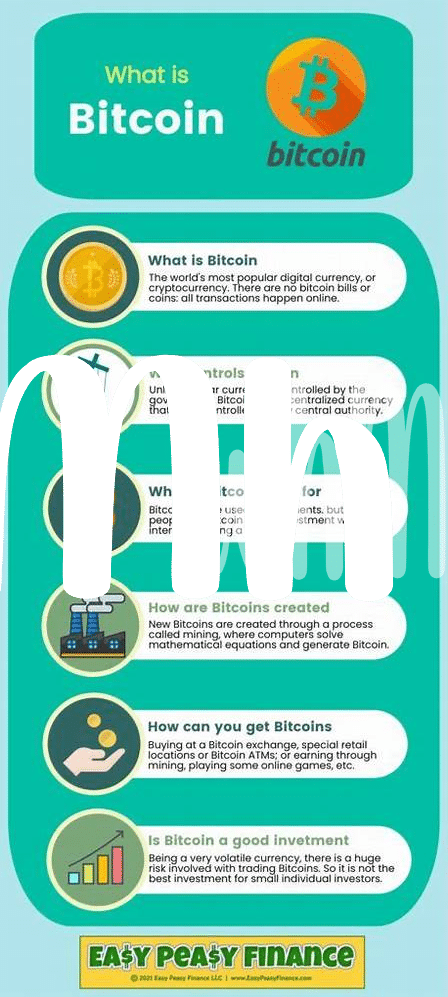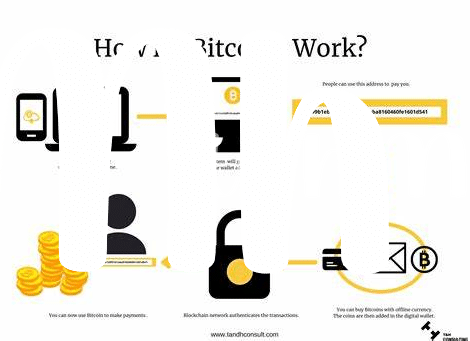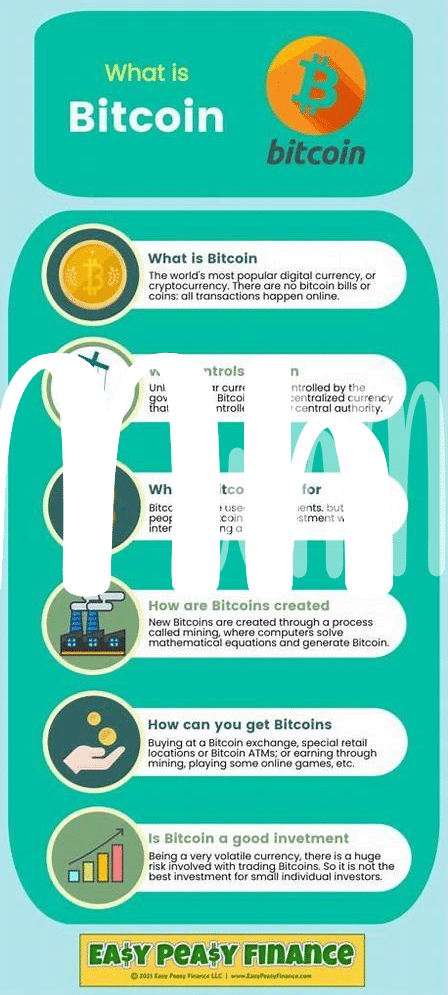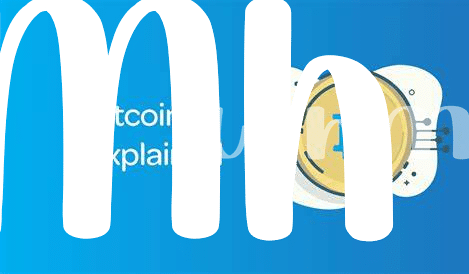What Is Bitcoin? a Quick Peek 🌐

Imagine a world where money moves like a text message, quick and without boundaries. This is what Bitcoin offers, a digital form of money that you can send to anyone, anywhere, without needing a middleman like a bank. Created in 2009 by someone under the pseudonym Satoshi Nakamoto, Bitcoin introduced us to a kind of freedom and confidentiality we hadn’t seen in the financial world before. Unlike traditional money, it’s not printed or controlled by governments. Instead, it’s made through a process called mining, which involves solving complex puzzles with computers.
| Feature | Description |
|---|---|
| Digital | Exists purely in electronic form, not physical. |
| Decentralized | No single institution controls the Bitcoin network. |
| Limited Supply | Only 21 million Bitcoin will ever exist, avoiding inflation. |
| Open Source | Its design is public, anyone can see how it works. |
At its core, Bitcoin challenges how we’ve traditionally thought about money. By being decentralized, it’s not just a form of currency but also a movement toward more open, transparent financial systems. This innovation has sparked curiosity and excitement, serving as a stepping stone for more futuristic forms of digital transactions and inspiring the creation of many other digital currencies.
Introducing Blockchain: Bitcoin’s Backbone 📚
Imagine a giant, indestructible ledger where anyone can record a transaction, visible for everyone to see, but no one can tamper with it. That’s the magic of blockchain, the technology underpinning Bitcoin. It’s like a digital notebook that keeps a permanent record of all Bitcoin transactions. When someone sends or receives Bitcoin, that transaction is entered into this public notebook. What makes it special is that this notebook isn’t held in one place. Instead, it’s spread across a network of computers worldwide, ensuring no single entity controls the Bitcoin economy.
This leads us to the fascinating aspect of the safety and transparency mechanics of blockchain. Through a process called “mining,” transactions are verified by these networked computers, making it extremely difficult for any fraudulent activities to occur. Each transaction added to the blockchain is like a new page in our digital notebook, chronologically ordered and securely linked to the previous one, creating a chain of blocks – hence, blockchain. By ensuring that every transaction is recorded publicly and in a way that is nearly impossible to hack or cheat, blockchain provides a level of security and trust that traditional financial systems might find hard to match. For those curious about the impact of Bitcoin beyond transactional use, from donations to technological advances, exploring real-life success stories of impactful Bitcoin donations around the world can offer insights into its broader potentialities.
How Transactions Work: Simple Steps 💸

Imagine you want to send some digital money to a friend. In the world of Bitcoin, this process is like passing a note in class but much safer and more secure. First, you decide how much you want to send 🤔. Then, just like sending a text message, you use your digital wallet to type in your friend’s wallet address and the amount. Click send, and off it goes! 🚀 But here’s the magic part: this transaction gets mixed with lots of others and is then checked and sealed by some really smart math puzzles. Only then is it added to a long chain of other transactions, making sure everything is correct and secure. It’s like having a super-smart ledger that makes sure no one is cheating. And just like that, your friend receives the digital cash, without any big bank or middleman in between! 🔍💸
The Safety Behind Bitcoin and Blockchain 🔐

Imagine your precious information being locked away in a super strong safe, where only you have the key. That’s kind of what using Bitcoin and its underlying technology, blockchain, feels like. Blockchain acts like a digital ledger, recording every transaction made with Bitcoin in a secure and transparent way. This means that every time someone sends or receives Bitcoin, that transaction is recorded on a public list that everyone can see, but don’t worry, personal details are kept under wraps! This process not only makes it really hard for anyone to mess with your transactions but also adds layers of security that traditional money transactions might lack.
For those keen on diving deeper into the nitty-gritty of how Bitcoin bounces back, especially through sustainable means, there’s a treasure trove of information available. One gem that stands out is an extensive piece on bitcoin recovery tools explained. This guide offers insights into how Bitcoin is paving the way to combine digital finance with green energy solutions. So, while the blockchain keeps our Bitcoin safe, it’s also worth noting how it’s stepping into a future where digital currencies not only promise security but also sustainability. 🌱💼🔍
Beyond Money: Other Uses of Blockchain 🚀
Blockchain, the technology that makes Bitcoin possible, is like a Swiss Army knife with a toolkit that can do more than just support digital currencies. Imagine a world where every agreement, every process, every task, and every payment would have a digital record and signature that could be identified, validated, shared, and stored. 🌟 This magic happens on the blockchain. From tracking the journey of luxury goods to ensuring the authenticity of important documents, the uses are vast and varied. For artists and creators, it’s a game-changer, allowing them to securely claim ownership of their digital creations through a process called “minting,” ensuring they get their due credit and earnings. Even in the world of gaming, blockchain is making waves by allowing players to truly own the digital items they win or buy, moving them across different gaming universes. 🎮 Then there’s healthcare, where patient records can be stored securely, giving only authorized users access, thus preserving privacy while ensuring critical information is within reach when needed. The table below showcases just a few areas where blockchain steps beyond its monetary roots:
| **Use Case** | **Benefits** |
|————————-|—————————————————————————————————|
| Luxury Goods Tracking | Authenticity verification, ownership history, and anti-counterfeiting measures |
| Digital Art Ownership | Artists can mint their work, claiming ownership and earning royalties |
| Gaming | True ownership of digital assets, interoperable between different games |
| Healthcare | Secure, private, and accessible patient records for authorized personnel only |
As we move forward, the mesh of blockchain’s capabilities with various sectors hints at an exciting future where transparency, security, and efficiency are not just ideals, but everyday realities. 🚀
The Future: Bitcoin and Blockchain Together 🔮

As we sail into the future, the synergy between Bitcoin and Blockchain is expected to bloom, opening doors to innovations that we can only begin to imagine. Think of it as an ever-growing tree, with Bitcoin as the fruit and Blockchain as its roots, both essential for the tree’s survival and thriving. This partnership promises a world where transactions are not just quicker but also more secure, transparent, and accessible to everyone, everywhere. We might see a rise in bitcoin philanthropy, as the ease of sending and receiving funds sparks a wave of generosity across the globe. Moreover, the impact of these technologies could extend far beyond the financial realm, revolutionizing industries like healthcare, supply chain management, and even voting systems, making our world more connected and efficient. As we stand on the brink of this exciting future, the potential for positive change is vast, and the journey there promises to be one filled with discovery and innovation. 🚀🔮💡
